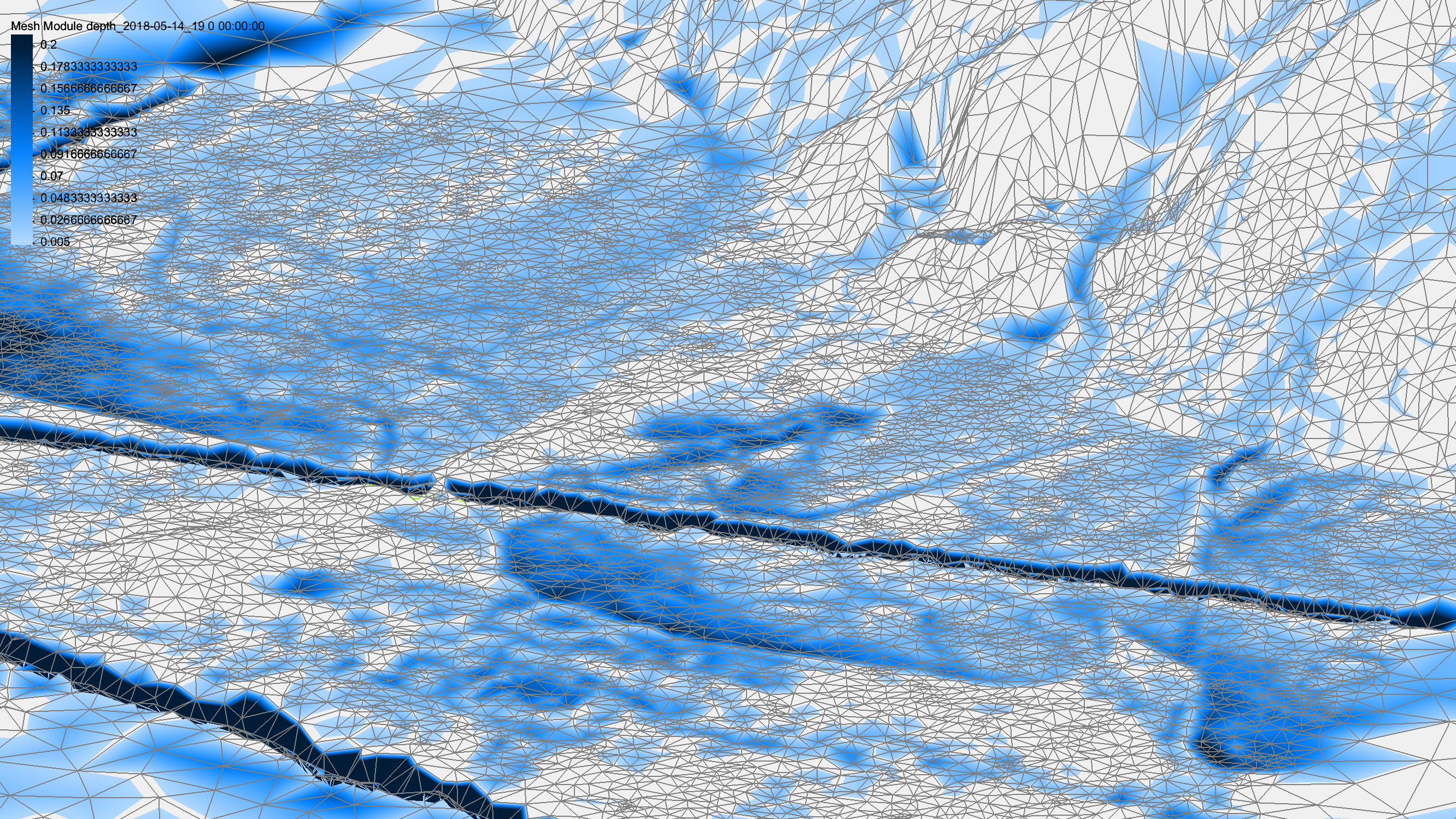One focus of our engineering services is the application, coupling and extension of numerical models. The models used are mainly spatially and temporally resolved and are based on the finite difference, finite volume or finite element method. With the help of these models, hydrological and hydraulic processes can be captured in high resolution. It is necessary to build the numerical models with all available data and information in such a way that they capture the natural conditions in the best possible way. The model construction follows the recommendations of the technical regulations.
Since we strive for a holistic view of the water cycle in our model investigations, coupled model systems that include a hydrological model (soil-water balance), a stream model, a groundwater model and a lake model are used. Coupling the former with a meteorological model is also possible, especially for the observations in lakes.
We run our models mainly as management models. We do not only consider historical periods, but also offer to run the models in the so-called “online” mode. This means that daily simulations are automated and extended with forecasts for the future. The current results and forecasts can be made available “online” in the browser to a group of stakeholders or the general public.
For special issues, the extension of a simulation tool may be necessary. If the source code is openly accessible, we offer extensions of the simulation tools tailored to the problem, e.g. for simulation tools of the Modflow family.
Our sub-areas are:
- Groundwater
- Surface water
- Lakes
- Water balance
- Wind and weather
- CFD modeling
- Hydrogeology

